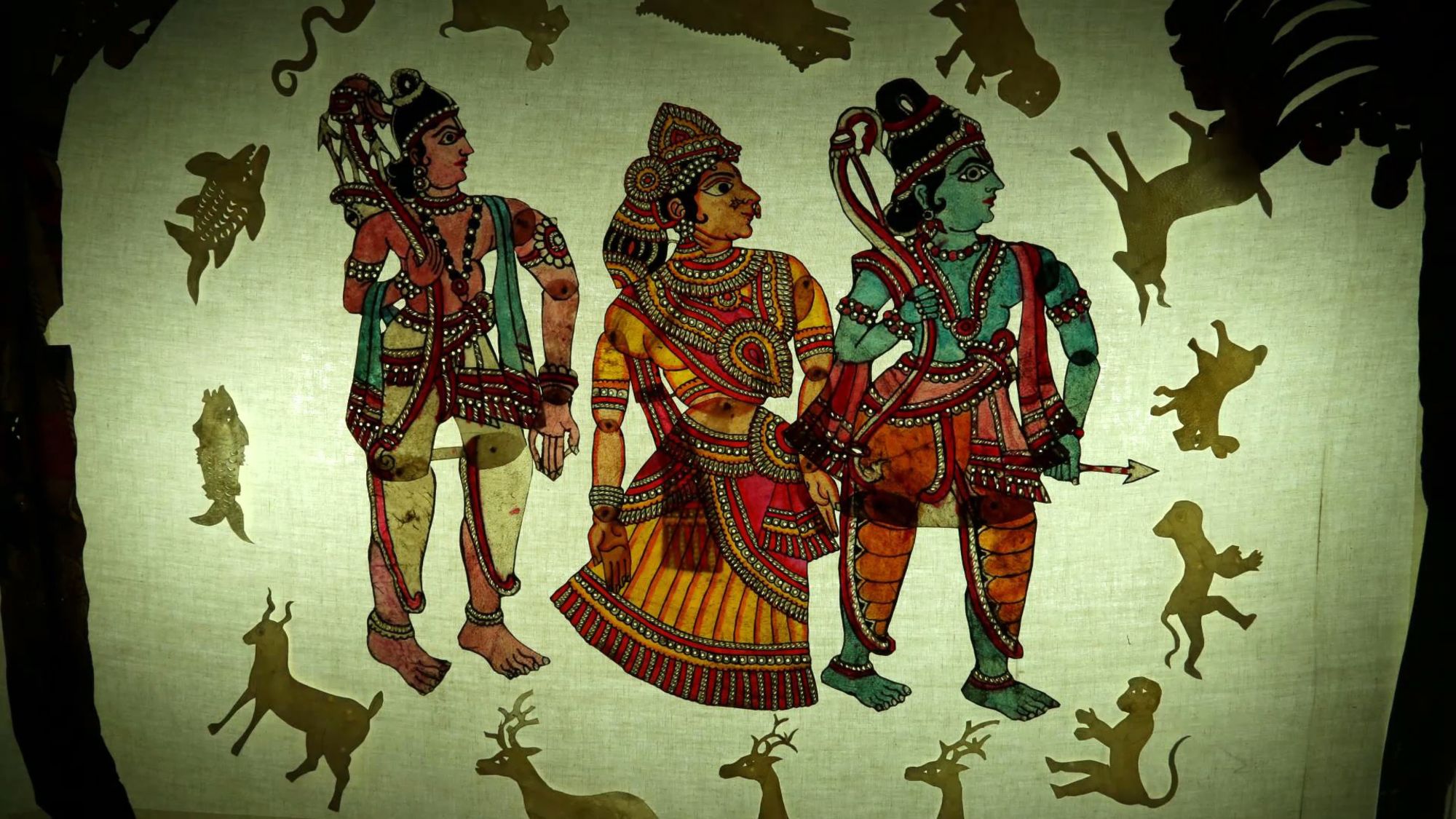Ishamuddin Khan performs a gamut of tricks – a pigeon flies out of a clay pot, an umbrella changes color, a ball miraculously disappears into thin air. With a handful of props on a plastic chair beside him and a coterie of child volunteers who shuffle in and out of shot, the street magician now extends his art to an audience online.
The 23-minute video was self-produced at the magician’s home in a slum in Ghaziabad, a city just east of New Delhi. It was commissioned by Katkatha Puppet Arts Trust, which has raised money via crowdfunding to help grassroots performers in India survive the coronavirus pandemic.
Khan comes from a long line of magicians and has earned international acclaim over the past 25 years. His performance of the Great Indian Rope Trick (whereby a long rope appears to stiffen as it climbs into the sky) ranked 20th on the British broadcaster Channel 4’s “50 Greatest Magic Tricks.” He has also featured on “Penn and Teller’s Magic and Mystery Tour” and has performed in countries across the globe.
But as he explained over the phone from his home, “the online stage is a whole new world!”
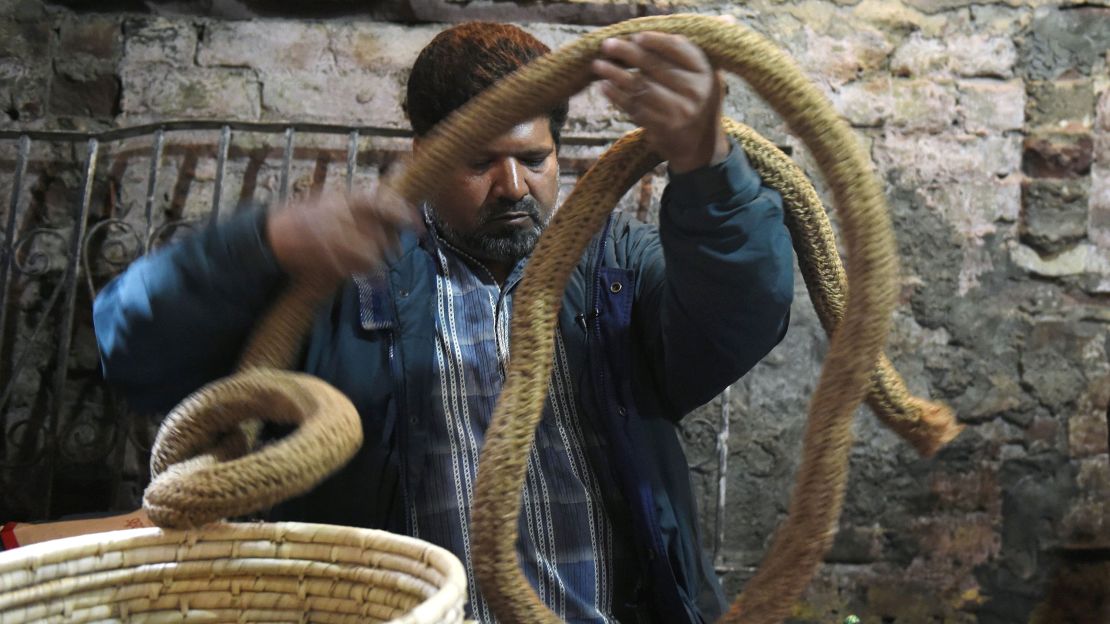
Even before Covid-19, street performers faced growing difficulties in India. Public routines do not garner the same crowds as before, Khan said, while traditional crafts in general are struggling to find their place in modernizing cities. There are no official figures for the number of street performers in India but Khan estimates that thousands of jugglers, acrobats, snake charmers and masqueraders around the country are languishing in slums, unable to carve out a daily wage.
“We are performers of the courtyards of kings,” said Khan, who also founded the Indian Street Performers Association Trust (ISPAT).
“Many of us have had international recognition. But right now, we are at the brink of losing our art forms to poverty.”
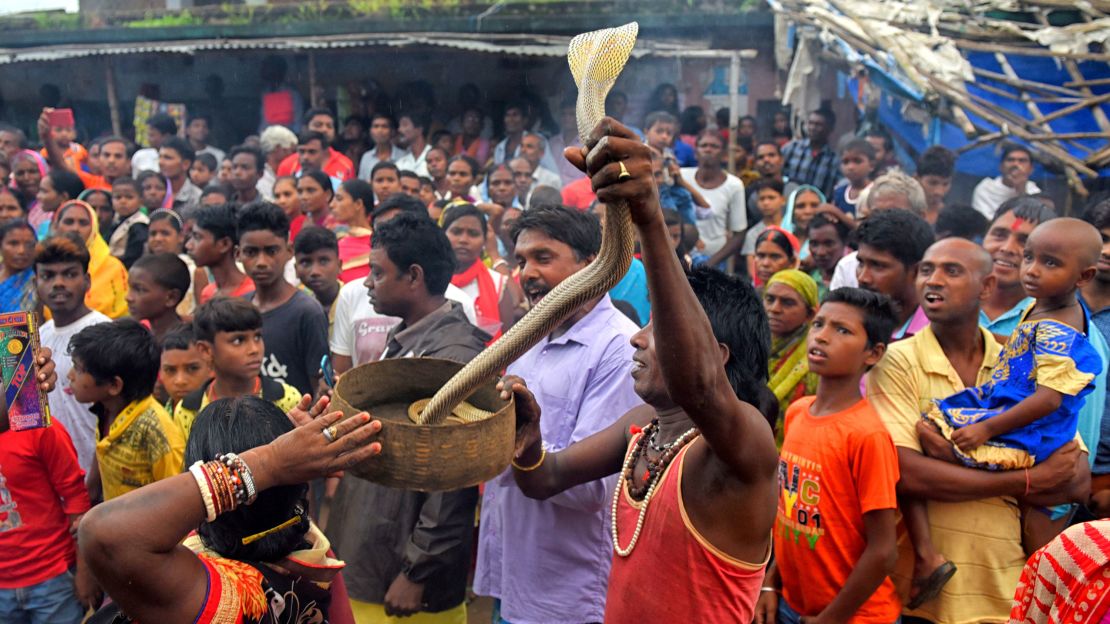
Other grassroots artists have also found themselves vulnerable to the changing times. In recent months, India’s lockdown measures have brought shows of all types to a halt.
Vocalist and musician Shubha Mudgal has, along with five other cultural practitioners, set up the Assistance for Disaster Affected Artistes (ADAA) fund that offered crowdfunded grants to more than 130 artists affected by restrictions.
“Virtual concerts, classes, lectures and discussions could possibly be the only way for performers to survive till the time that a vaccine for Covid-19 becomes available,” Mudgal said.
But a transition to digital performances may prove problematic for many. Although India has more internet users than anywhere aside from China, only around 50% of people in the country have access to the internet, according to data firm Statista.
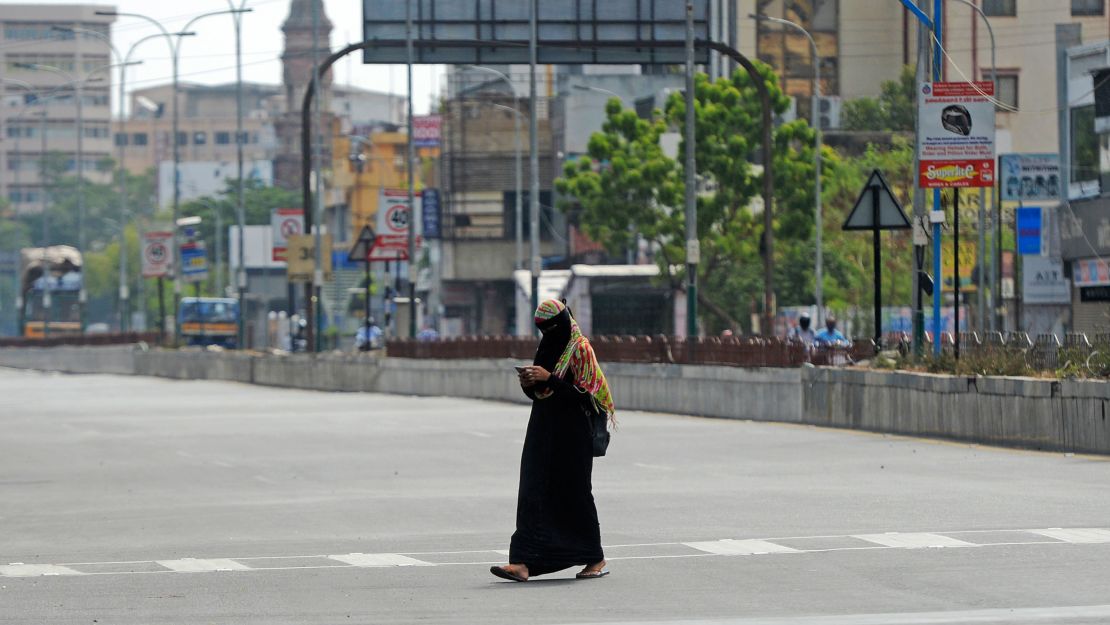
String puppeteer Puran Bhatt, who lives in Kathputli Colony, a community of thousands of street performers in Delhi, said a lack of web access has inhibited many of his contemporaries from finding work online.
“Privileged artists who can access technology and bandwidth made a seamless transition – they can perform shows and conduct workshops with ease,” said Bhatt, a previous recipient of the prestigious Sangeet Natak Akademi Award. “But people like us do not have the luxury of soundproof spaces and livestreaming. Most of us are illiterate and don’t even have a smartphone. We cannot bridge that gap.”
“Every performance needs an audience,” he added in a phone interview. “We need to focus on finding the right tools to adapt to these changes.”

The Indian government’s Digital India Initiative aims to increase the country’s internet penetration rate but that may be of little help to today’s struggling performers. Even those with access may be challenged with the speed and stability of their connection.
“Online teaching becomes quite frustrating because of connectivity issues,” said Mudgal, speaking of her experiences in recent months. “Every few minutes you have the audio distorting or fading away, or the video freezing.”
Going online may also tamper with the sanctity of traditional arts, according to Gunduraju, a ninth-generation leather shadow puppeteer from the southwestern state of Karnataka.
“Our art is community-centric,” he said. “We feed off the energy of our audience and tailor our stories in mid-performance based on this. We perform in temple spaces at various rites of passage in rural India – our context, therefore, determines our content.”
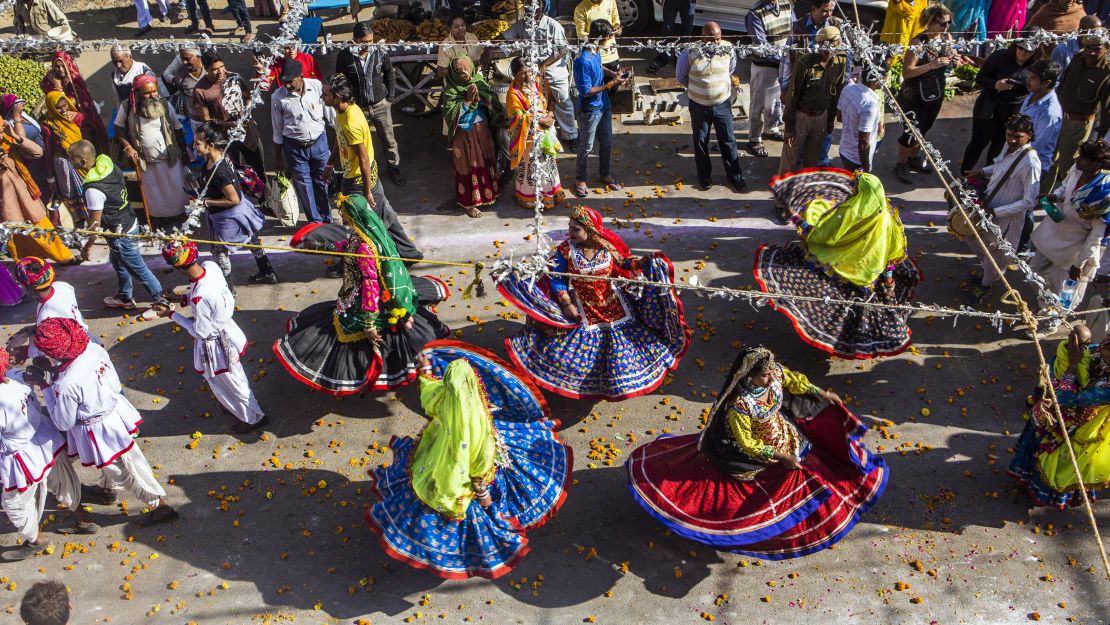
A performer of religious epics, Gunduraju said that online platforms are a restrictive space for his art. “Going online will make us accessible only to urban audiences,” he added. “In villages, without context, the meaning of our performance vanishes.”
But he has already begun to adapt to the times, and has worked with animation artists like Atul Sinha to bring his puppets to digital life. His performances – which have continuous storylines that can sometimes last for weeks – have been transformed to two-minute animation videos.
Artist Vishal K Dar, however, says the challenges presented by the coronavirus offer traditional arts an opportunity to reassert their relevance. In a recent webinar, he described technology not just as a tool but as a medium in itself. Embracing modern technology, he said, could help old art forms evolve with the times. “You are now performing in different time codes, with new dimensions and (to) a much wider audience,” Dar said.
“The art, the artist and the viewer have been transformed into a 2D space. This opens a range of possibilities for innovation.”
Street magician Khan, who is still at the beginning of his online journey, believes that collaborations and mentoring can help ease the move toward digital spaces.
“A little hand-holding, through collaborations with seasoned artists, may perhaps help us transition better,” he said.
Top image caption: A still from the stop-motion animated film ‘Vanvas’ by puppeteer Gunduraju and artist Atul Sinha.
